Home>Furniture & Design>Interior Design Trends>What Is A Standard Glass Of Wine
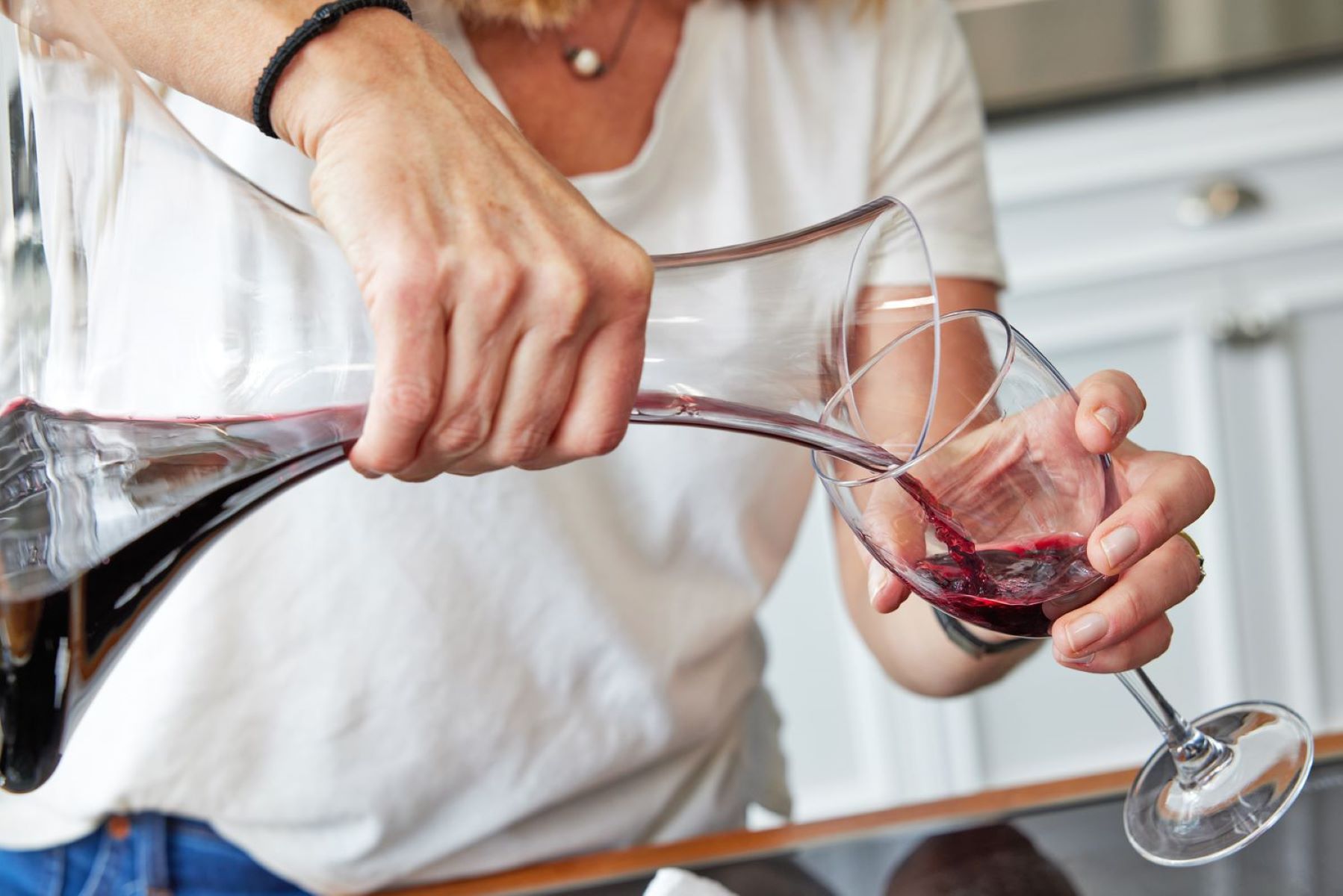

Interior Design Trends
What Is A Standard Glass Of Wine
Modified: September 1, 2024
Discover the latest interior design trends and elevate your space with expert tips and inspiration. Explore the art of creating a standard glass of wine.
(Many of the links in this article redirect to a specific reviewed product. Your purchase of these products through affiliate links helps to generate commission for Storables.com, at no extra cost. Learn more)
Introduction
Wine has been an integral part of human culture for centuries, celebrated for its diverse flavors, aromas, and the convivial atmosphere it fosters. Whether it's a crisp Chardonnay, a robust Cabernet Sauvignon, or a sparkling Prosecco, the experience of savoring a glass of wine is deeply intertwined with social gatherings, fine dining, and moments of relaxation.
Understanding the standard glass size of wine is essential for both enthusiasts and casual consumers. It sets the stage for responsible consumption and allows individuals to appreciate the nuances of different varietals without overindulging. Moreover, the size of the wine glass can significantly impact the sensory experience, influencing the wine's aroma, taste, and overall enjoyment.
As we delve into the world of wine, it's important to recognize that the concept of a standard glass size is not as straightforward as it may seem. Various factors, including cultural traditions, regional preferences, and evolving industry standards, contribute to the diversity of wine glass sizes found across different settings and occasions.
In this article, we will explore the definition of a standard glass of wine, examine the different types of wine glasses, and delve into the factors that influence the standard size of a glass of wine. By gaining a comprehensive understanding of these elements, readers will be equipped to make informed choices, appreciate the art of wine consumption, and embrace the cultural significance of this timeless libation.
Key Takeaways:
- A standard glass of wine is about 5 ounces and the shape of the glass affects the taste. Understanding this helps people enjoy wine responsibly and appreciate its cultural significance.
- Different types of wine glasses, like red wine glasses and sparkling wine glasses, are designed to enhance the flavors of specific wines. Knowing this can elevate the enjoyment of wine tasting experiences.
Read more: What Are Stemless Wine Glasses?
Definition of a standard glass of wine
The definition of a standard glass of wine is a fundamental aspect of wine culture, encompassing both tradition and practicality. In the context of responsible wine consumption, a standard glass typically refers to the serving size recognized as a moderate and balanced portion. While the exact measurement may vary in different cultural and regulatory contexts, a common standard glass of wine contains approximately 5 ounces (150 milliliters) of liquid. This standardization facilitates consistency in serving sizes across various hospitality establishments, wine tastings, and social settings, promoting a harmonious approach to enjoying wine.
The 5-ounce measure aligns with guidelines for moderate alcohol consumption, allowing individuals to savor the sensory attributes of wine without exceeding recommended limits. It strikes a balance between providing a substantial tasting experience and preventing excessive intake, reflecting a conscientious approach to enjoying wine in a manner that respects both the beverage and personal well-being.
Moreover, the definition of a standard glass of wine extends beyond mere volume, encompassing the vessel in which the wine is presented. The shape and design of the wine glass play a pivotal role in enhancing the wine-drinking experience, influencing the wine's aroma, flavor, and overall perception. As such, the standard glass of wine embodies a harmonious fusion of liquid volume, sensory appreciation, and cultural significance, encapsulating the essence of wine as a multifaceted and cherished indulgence.
Understanding the definition of a standard glass of wine empowers individuals to engage with wine in a mindful and informed manner. It serves as a cornerstone for responsible consumption, fostering an environment where the pleasures of wine can be savored in a manner that prioritizes moderation, appreciation, and the preservation of the rich heritage surrounding this timeless libation.
Different types of wine glasses
The world of wine is intricately intertwined with the art of glassware, where the design and shape of the vessel can profoundly influence the sensory experience and overall enjoyment of the wine. As such, a diverse array of wine glasses has emerged, each meticulously crafted to accentuate the unique characteristics of specific wine varietals. Understanding the different types of wine glasses is essential for enthusiasts and casual consumers alike, as it enriches the appreciation of wine and elevates the tasting experience to new heights.
1. Red Wine Glasses
Red wine glasses are characterized by their larger bowl and wider opening, allowing ample space for the wine to breathe and the aromas to unfold. The broad bowl facilitates aeration, which is particularly beneficial for bolder red wines such as Cabernet Sauvignon and Merlot. The enhanced surface area exposed to the air enables the wine to release its complex bouquet, intensifying the sensory pleasure for the discerning palate.
2. White Wine Glasses
In contrast to red wine glasses, white wine glasses feature a more U-shaped bowl with a narrower opening. This design is tailored to preserve the delicate aromas and maintain the cooler temperature of white wines. The refined shape directs the aromas towards the nose, accentuating the floral and fruity notes characteristic of Chardonnay, Sauvignon Blanc, and other white varietals.
Read more: What Is Considered A Glass Of Wine
3. Sparkling Wine Glasses
Also known as flutes, sparkling wine glasses are distinguished by their elongated and slender shape, which serves to showcase the effervescence and preserve the carbonation of sparkling wines such as Champagne and Prosecco. The tall, narrow design minimizes the surface area exposed to the air, allowing the bubbles to gracefully ascend and preserving the wine's celebratory fizz.
4. Stemless Wine Glasses
A modern alternative to traditional stemmed glasses, stemless wine glasses offer a contemporary aesthetic while maintaining functionality. These versatile vessels are suitable for both red and white wines, providing a stable grip and a stylish presentation. While stemless glasses may not offer the same level of temperature control as stemmed counterparts, they are favored for their practicality and casual elegance.
5. Universal Wine Glasses
Universal wine glasses are designed to accommodate a wide range of wine styles, offering a balanced shape that caters to both red and white varietals. With a slightly tapered bowl and a moderate opening, these glasses provide a versatile option for everyday enjoyment, making them a convenient choice for those seeking a multipurpose wine glass solution.
By embracing the nuances of different wine glasses, individuals can curate a sensory journey that amplifies the distinct characteristics of each wine, fostering a deeper connection with the artistry and diversity of the winemaking craft. The interplay between wine and glassware exemplifies the harmonious relationship between form and function, elevating the act of wine appreciation to a captivating and enriching experience.
Factors that affect the standard size of a glass of wine
The standard size of a glass of wine is influenced by a myriad of factors, reflecting the dynamic interplay of cultural, historical, and practical considerations that shape the wine-drinking experience. Understanding these factors provides valuable insights into the diverse dimensions that contribute to the evolution and standardization of wine glass sizes across different contexts.
-
Cultural Traditions:
Cultural norms and traditions play a pivotal role in determining the standard size of a glass of wine. In regions with rich winemaking legacies, such as France, Italy, and Spain, customary serving sizes are deeply rooted in local customs and rituals. These traditions often reflect a profound appreciation for wine as an integral part of social gatherings and culinary experiences, influencing the establishment of standard glass sizes that resonate with cultural values and practices. -
Regulatory Guidelines:
The standardization of wine glass sizes is also influenced by regulatory frameworks and industry standards aimed at promoting responsible alcohol consumption. Government agencies and industry organizations often provide guidelines regarding recommended serving sizes, aligning with public health initiatives and consumer education efforts. These guidelines serve as a reference point for hospitality establishments, wine producers, and retailers, fostering a cohesive approach to serving wine in a manner that prioritizes moderation and well-being. -
Wine Tasting Protocols:
Within the realm of wine appreciation and professional tasting events, the standard size of a wine glass is meticulously calibrated to optimize the sensory evaluation of different varietals. Tasting protocols emphasize the importance of consistent pour volumes, enabling participants to assess the wine's color, aroma, and flavor profiles with precision. Standardized glass sizes in tasting settings facilitate a uniform tasting experience, allowing for meaningful comparisons and evaluations across diverse wine offerings. -
Evolution of Consumer Preferences:
The evolution of consumer preferences and lifestyle trends has contributed to shifts in the standard size of wine glasses. Modern consumers, seeking a balance between indulgence and mindfulness, have shown a growing interest in smaller pour sizes that align with the concept of moderate consumption. This trend has led to the emergence of wine glass options tailored to individual servings, catering to the evolving preferences of contemporary wine enthusiasts. -
Functional Considerations:
Practical considerations, such as the ergonomic design of wine glasses and their compatibility with diverse wine styles, also influence the standard size of a glass of wine. The balance between aesthetics and functionality guides the creation of wine glasses that enhance the sensory experience while accommodating the characteristics of specific varietals. From the curvature of the bowl to the thickness of the rim, each element is meticulously crafted to optimize the wine-drinking ritual.
By acknowledging the multifaceted factors that shape the standard size of a glass of wine, individuals gain a deeper appreciation for the intricate tapestry of influences that converge to define the wine-drinking experience. This holistic understanding underscores the cultural, regulatory, and sensory dimensions that converge in the art of serving and savoring wine, enriching the narrative of wine appreciation with depth and resonance.
Read more: What Is A Wine Glass Called
The importance of understanding standard glass sizes for responsible drinking
The significance of comprehending standard glass sizes for responsible drinking cannot be overstated, as it serves as a cornerstone for fostering a culture of mindful consumption and promoting individual well-being. By embracing the concept of standard glass sizes, individuals are empowered to engage with wine in a manner that prioritizes moderation, appreciation, and informed decision-making.
Responsible drinking hinges on the ability to gauge and regulate one's alcohol intake, and understanding standard glass sizes provides a tangible framework for achieving this balance. A standard glass of wine, typically containing approximately 5 ounces (150 milliliters) of liquid, embodies a measured and moderate serving size that aligns with recommended guidelines for responsible alcohol consumption. By recognizing and adhering to this standard, individuals can savor the sensory attributes of wine while mitigating the risk of excessive intake, thereby safeguarding their well-being and preserving the intrinsic pleasures of wine appreciation.
Moreover, the awareness of standard glass sizes facilitates informed choices in social and hospitality settings, empowering individuals to make conscious decisions about their consumption. Whether at a restaurant, wine bar, or social gathering, understanding the standard size of a glass of wine enables patrons to gauge their intake accurately and make choices that align with their personal preferences and limits. This knowledge fosters a sense of agency and mindfulness, allowing individuals to partake in the conviviality of wine culture while maintaining a balanced and respectful approach to consumption.
In addition, the concept of standard glass sizes underscores the importance of promoting a harmonious and inclusive wine-drinking experience. By adhering to recognized serving sizes, hospitality professionals and wine enthusiasts contribute to an environment where responsible consumption is celebrated and prioritized. This collective commitment to standard glass sizes cultivates a culture of moderation and respect, transcending individual preferences to embrace a shared ethos of mindful indulgence and conviviality.
Furthermore, understanding standard glass sizes for responsible drinking aligns with broader public health initiatives and educational efforts aimed at promoting alcohol awareness and well-being. By embracing a standard serving size, individuals contribute to a culture of responsible consumption that resonates with societal values and health-conscious attitudes, reinforcing the notion that the pleasures of wine can be enjoyed in a manner that respects personal limits and fosters a positive relationship with the beverage.
In essence, the importance of understanding standard glass sizes for responsible drinking extends beyond mere measurement; it embodies a philosophy of moderation, mindfulness, and respect for both the beverage and individual well-being. By embracing this ethos, individuals enrich their wine-drinking experiences with a sense of balance and conscientiousness, contributing to a culture where the pleasures of wine are celebrated in a manner that reflects a deep appreciation for the artistry and heritage of this timeless libation.
Conclusion
In conclusion, the concept of a standard glass size of wine encapsulates a rich tapestry of cultural, sensory, and practical dimensions that converge to shape the wine-drinking experience. From the nuanced design of wine glasses to the multifaceted factors influencing standardization, the world of wine is imbued with a profound appreciation for tradition, innovation, and responsible indulgence.
Understanding the definition of a standard glass of wine, typically containing approximately 5 ounces (150 milliliters) of liquid, serves as a guiding principle for responsible consumption and sensory appreciation. It embodies a harmonious balance between indulgence and mindfulness, allowing individuals to savor the sensory attributes of wine while respecting recommended limits. Moreover, the vessel in which wine is presented plays a pivotal role in enhancing the wine-drinking experience, underscoring the artistry and functionality of wine glasses tailored to specific varietals.
The diverse array of wine glasses, including red wine glasses, white wine glasses, sparkling wine glasses, stemless wine glasses, and universal wine glasses, reflects the intricate interplay between form and function, elevating the act of wine appreciation to a captivating and enriching experience. Each glass is meticulously crafted to accentuate the unique characteristics of specific wine varietals, amplifying the sensory journey and fostering a deeper connection with the artistry and diversity of the winemaking craft.
Furthermore, the standard size of a glass of wine is influenced by cultural traditions, regulatory guidelines, wine tasting protocols, consumer preferences, and functional considerations, underscoring the dynamic interplay of influences that converge to define the wine-drinking experience. This holistic understanding enriches the narrative of wine appreciation with depth and resonance, highlighting the cultural, regulatory, and sensory dimensions that converge in the art of serving and savoring wine.
Embracing the concept of standard glass sizes for responsible drinking empowers individuals to engage with wine in a manner that prioritizes moderation, appreciation, and informed decision-making. It fosters a culture of mindful consumption, promoting individual well-being and safeguarding the intrinsic pleasures of wine appreciation. By adhering to recognized serving sizes, individuals contribute to a culture of responsible consumption that resonates with societal values and health-conscious attitudes, reinforcing the notion that the pleasures of wine can be enjoyed in a manner that respects personal limits and fosters a positive relationship with the beverage.
In essence, the importance of understanding standard glass sizes for responsible drinking embodies a philosophy of moderation, mindfulness, and respect for both the beverage and individual well-being. By embracing this ethos, individuals enrich their wine-drinking experiences with a sense of balance and conscientiousness, contributing to a culture where the pleasures of wine are celebrated in a manner that reflects a deep appreciation for the artistry and heritage of this timeless libation.
Frequently Asked Questions about What Is A Standard Glass Of Wine
Was this page helpful?
At Storables.com, we guarantee accurate and reliable information. Our content, validated by Expert Board Contributors, is crafted following stringent Editorial Policies. We're committed to providing you with well-researched, expert-backed insights for all your informational needs.
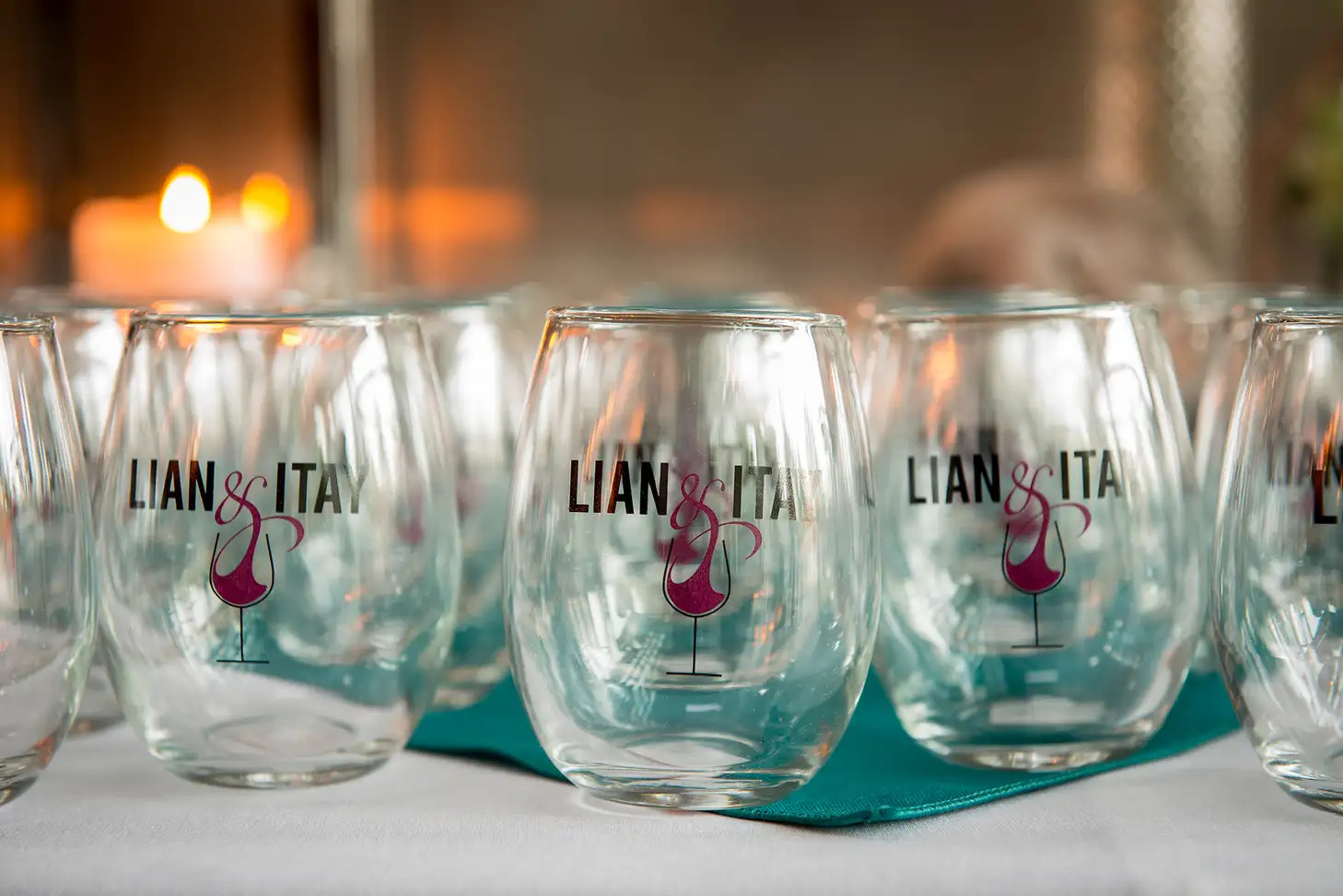

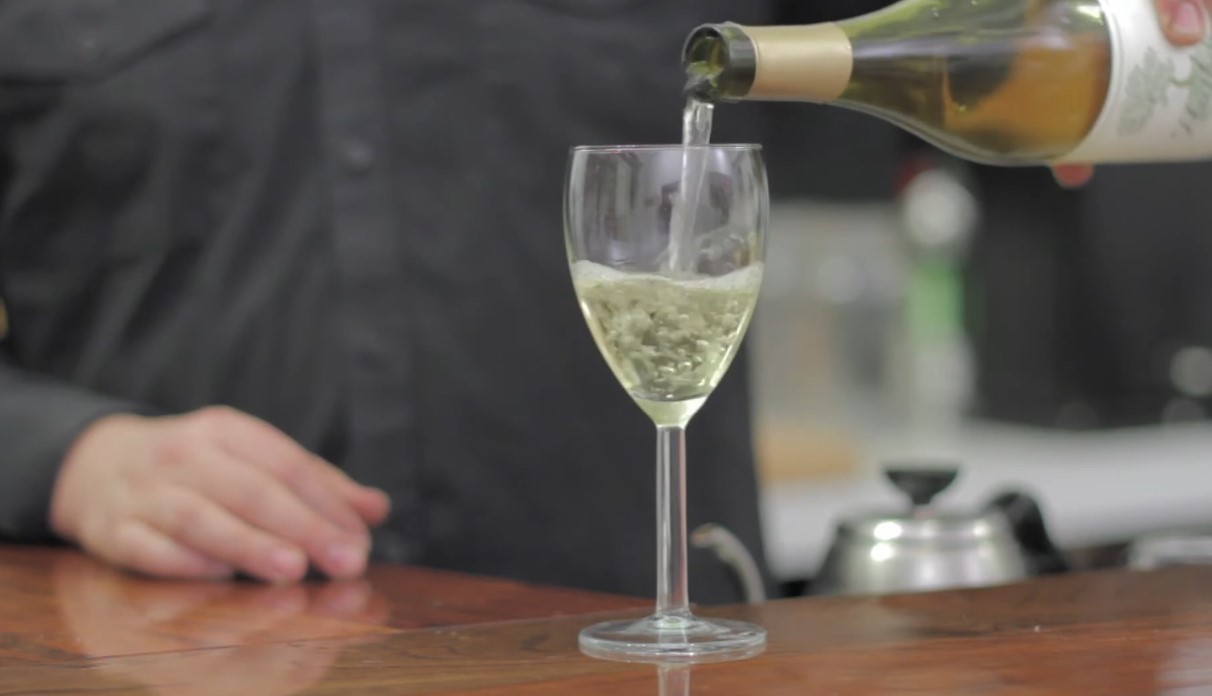
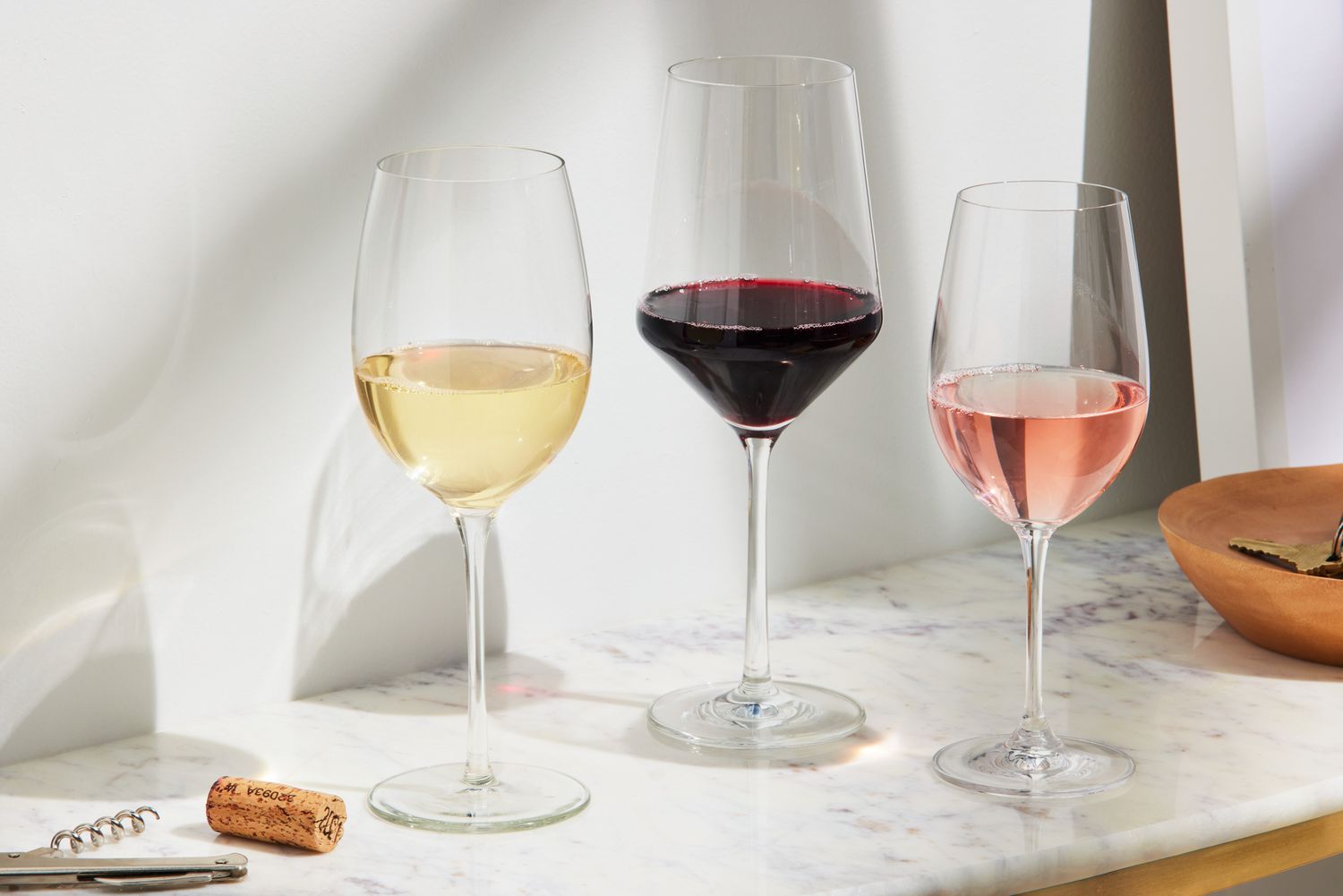
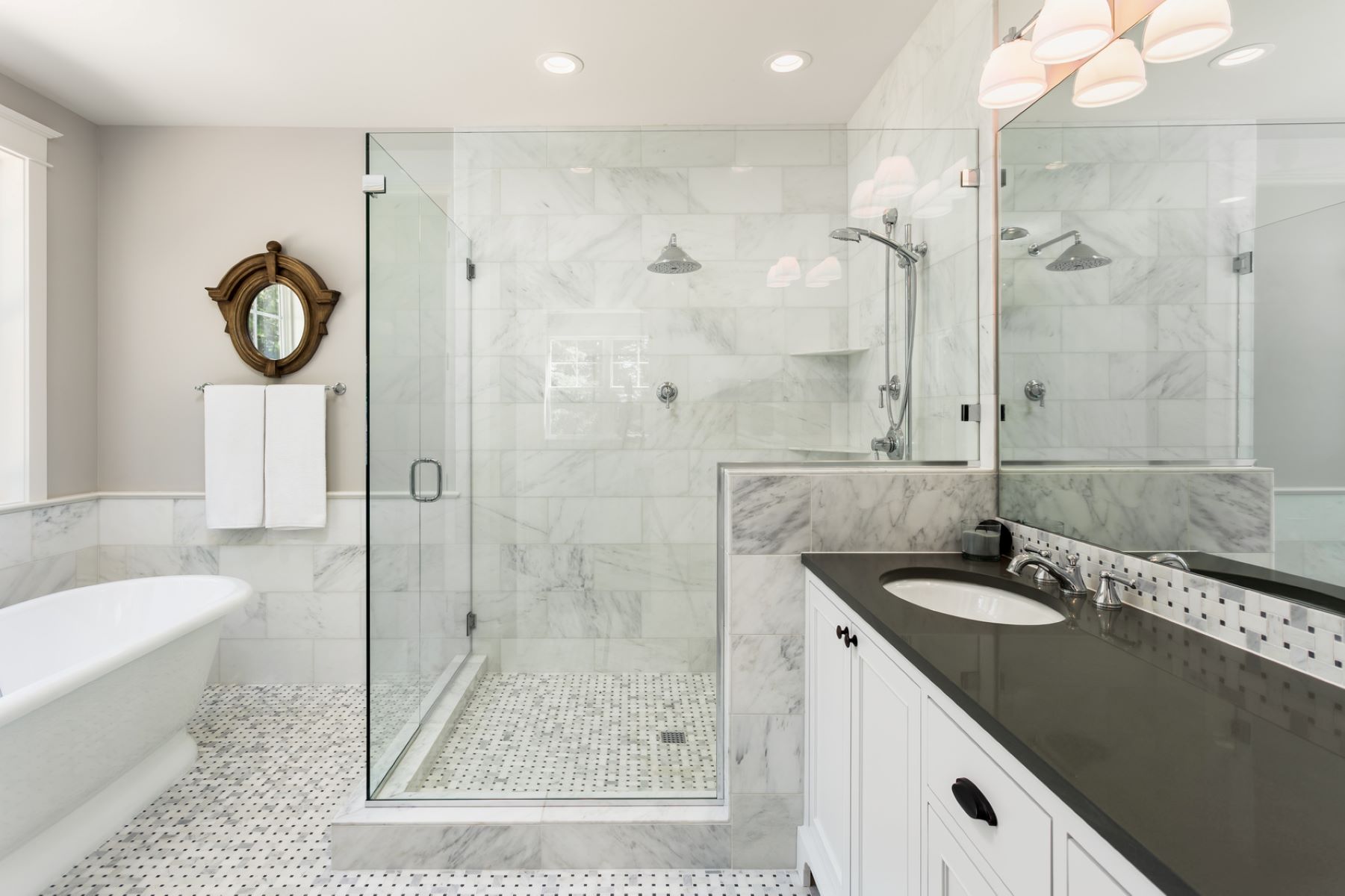

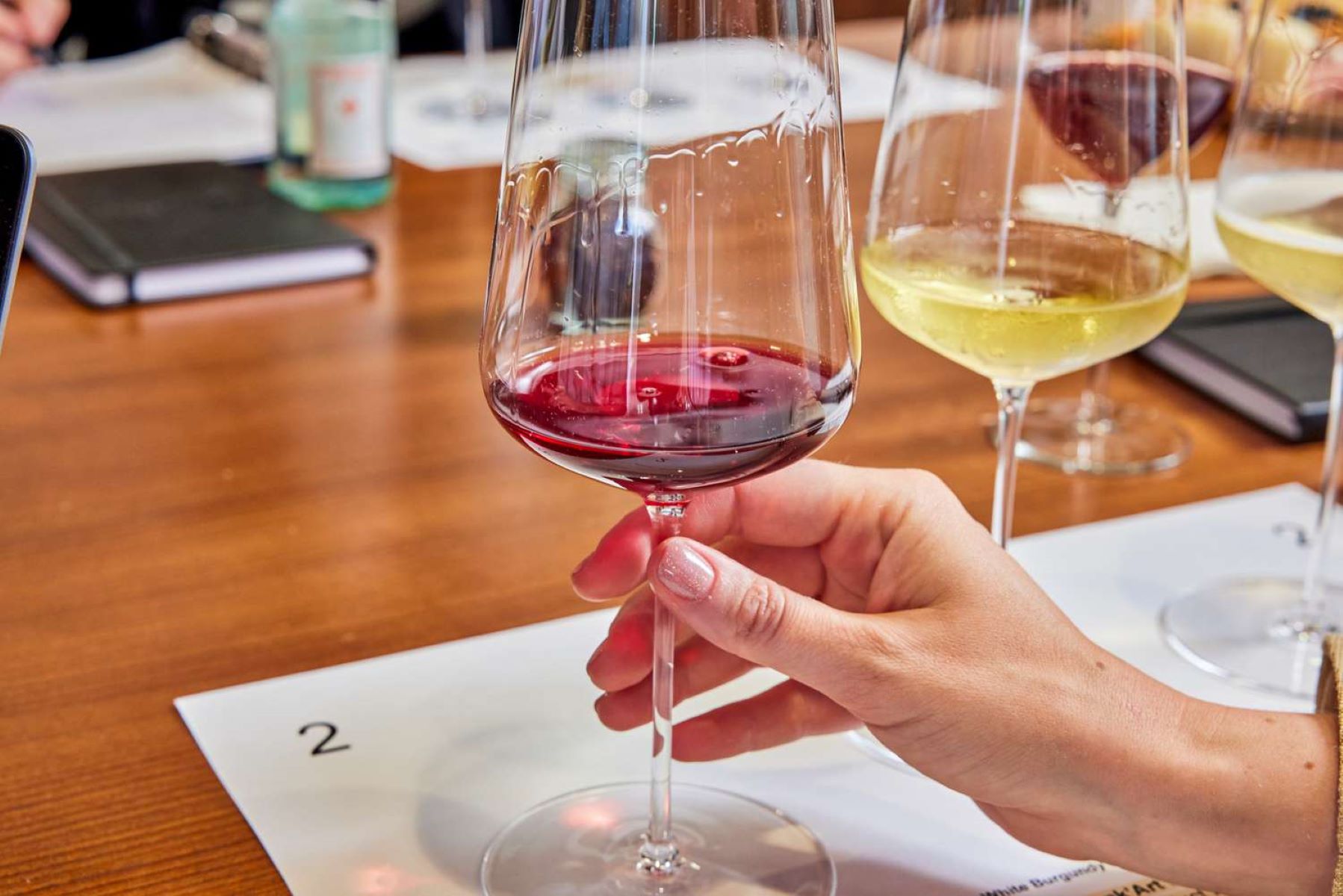
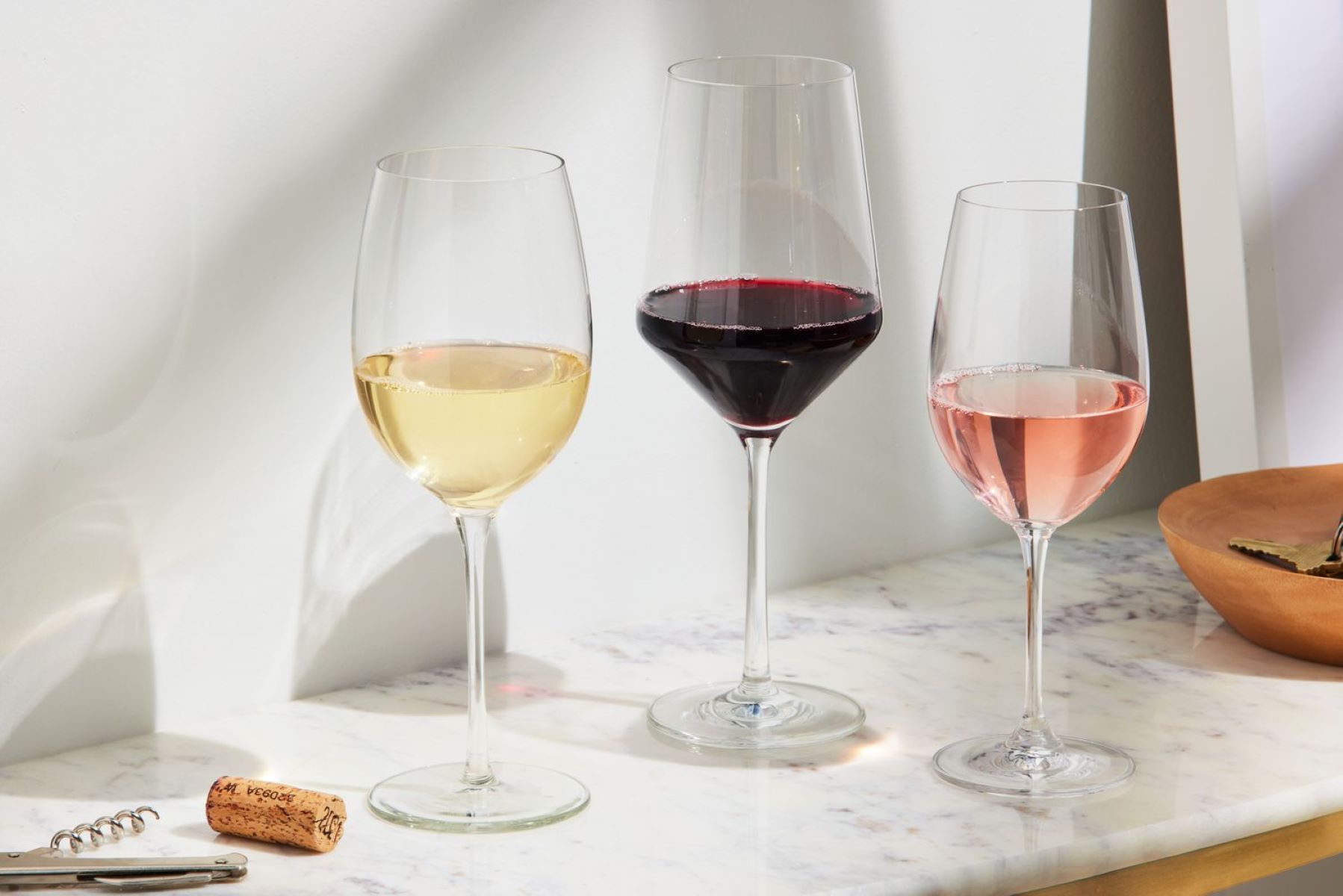
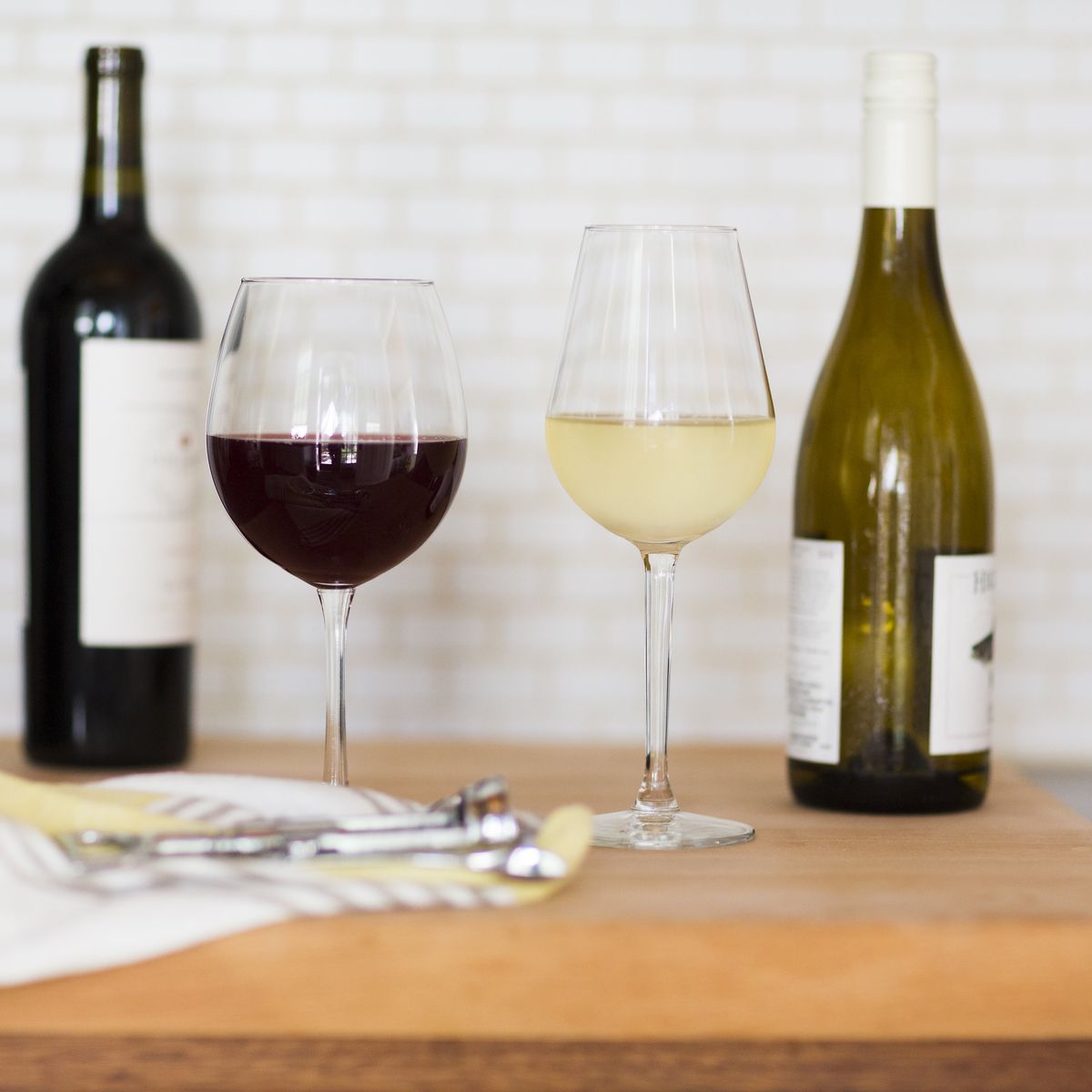
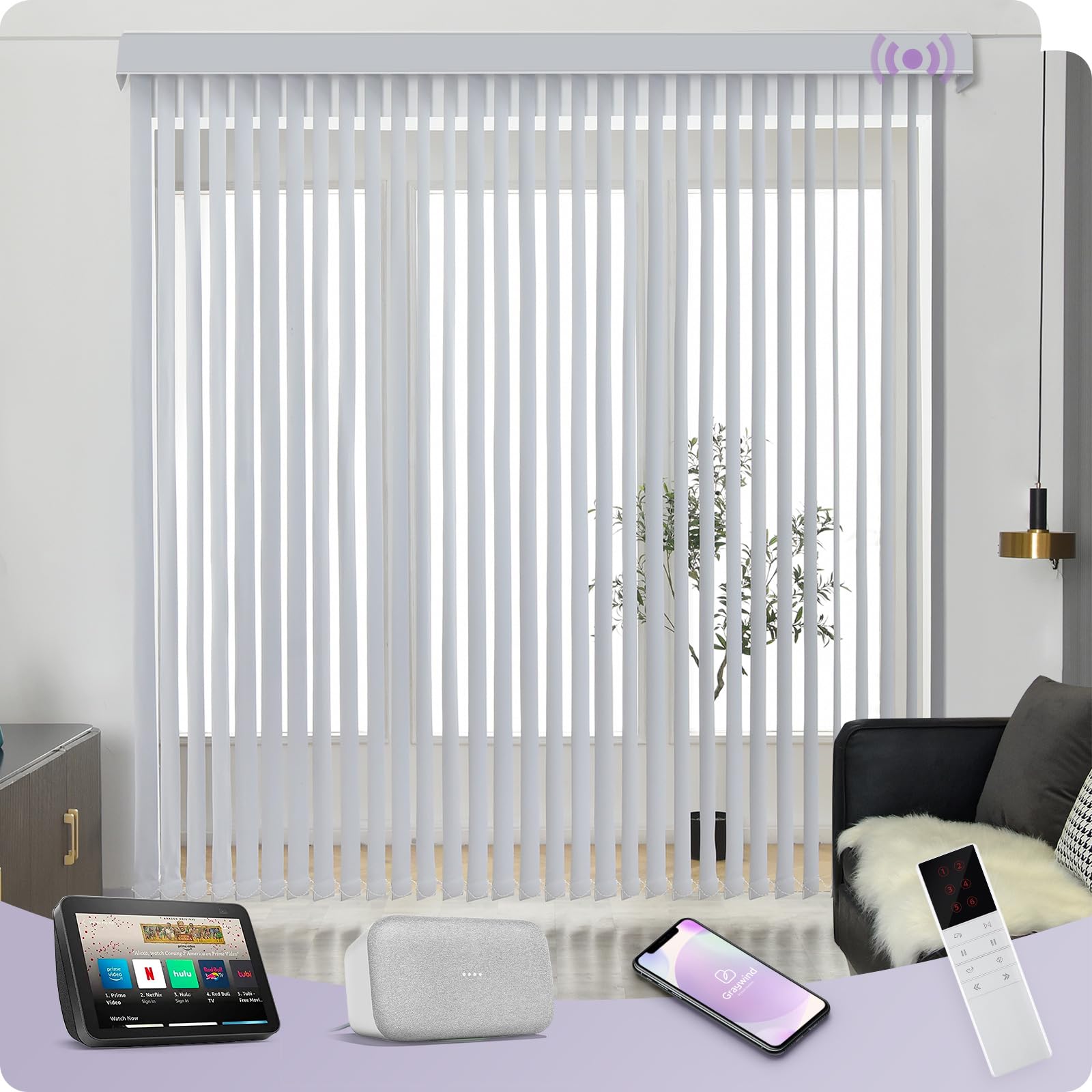
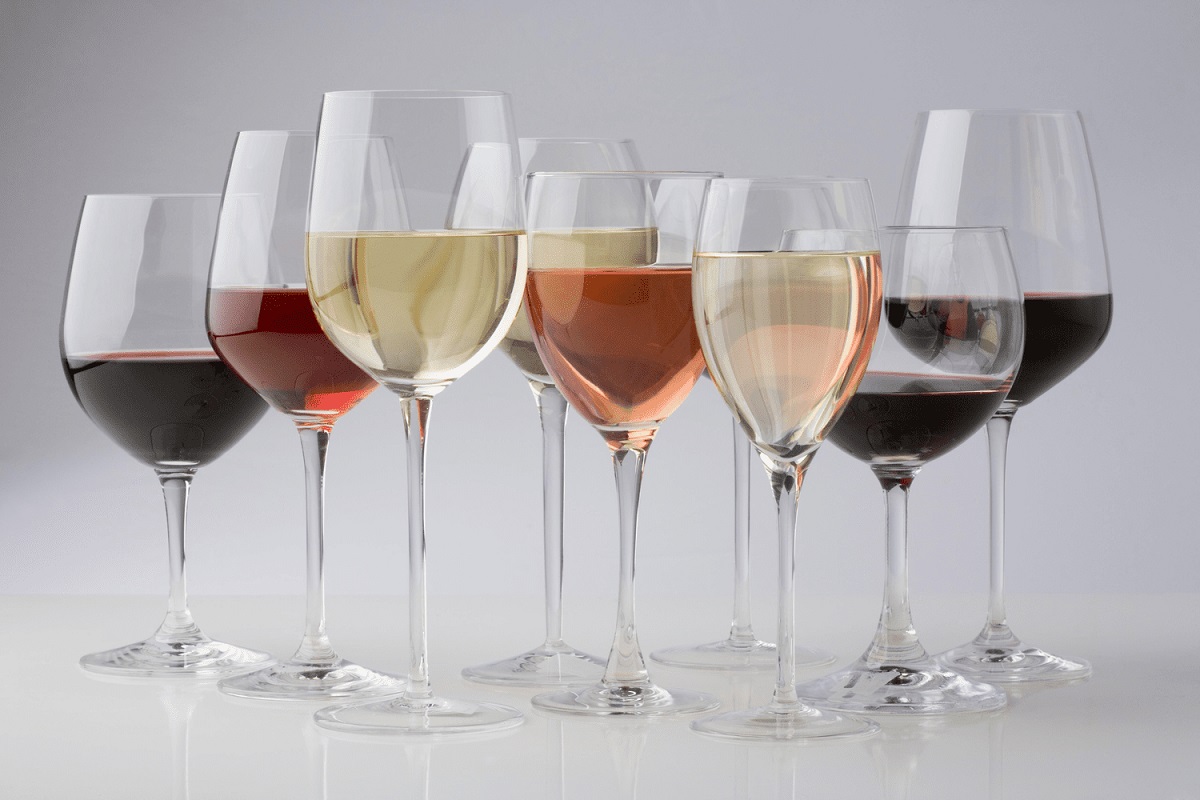

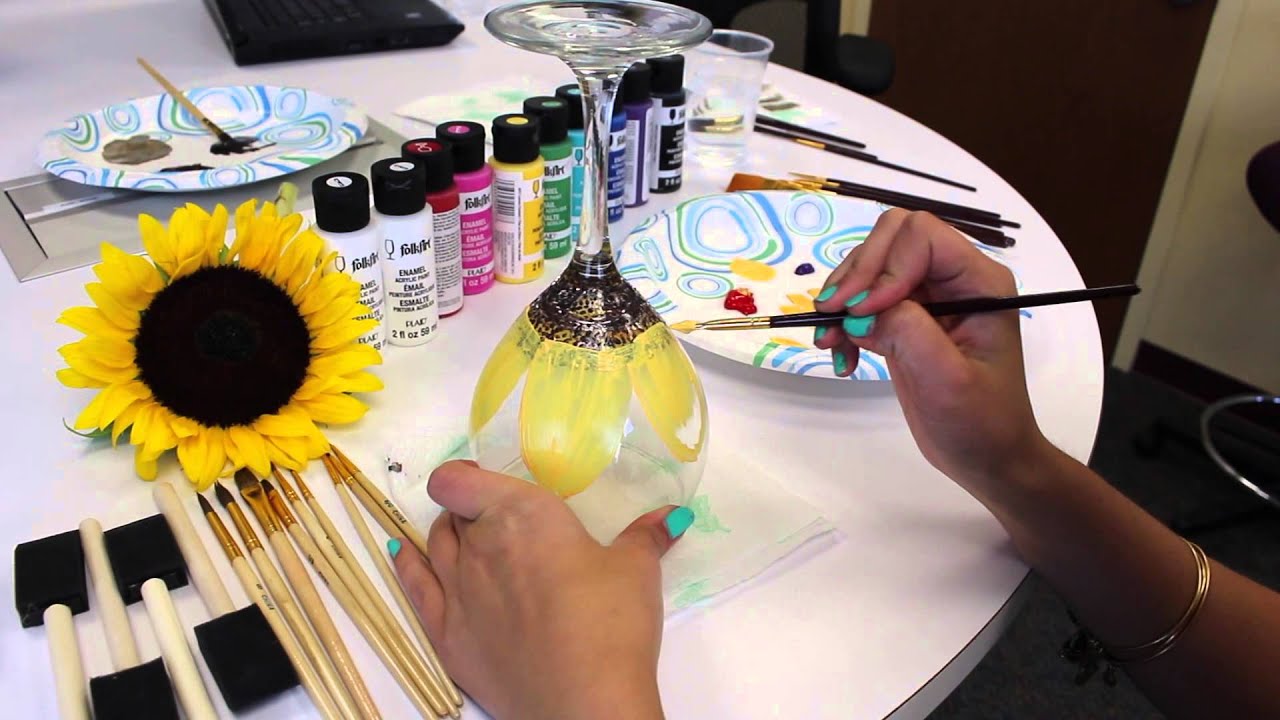

0 thoughts on “What Is A Standard Glass Of Wine”